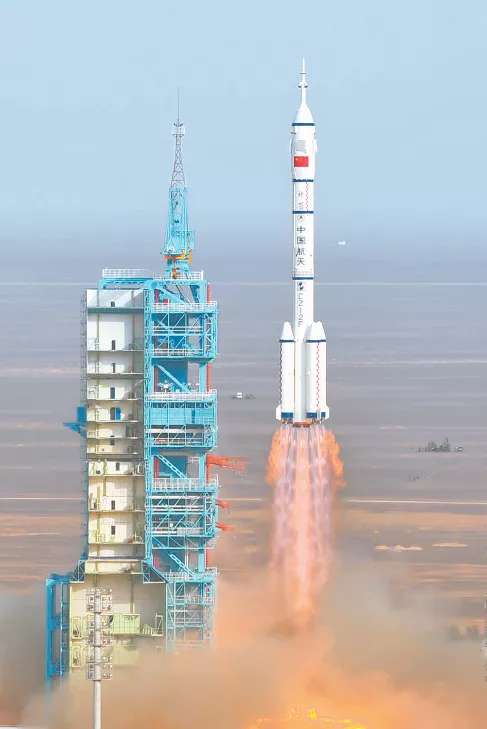Long March 2F Launches Reusable Test Spacecraft
China recently launched a Long March 2F carrier rocket from the Jiuquan Satellite Launch Center in Northwest China's Gobi Desert, sending a reusable spacecraft into selected orbit.
The spacecraft will return to Earth after a period of operation in orbit, during which the spacecraft will verify the reusable technology that will provide technological support for peaceful use of the space resource.
Developed by the China Academy of Launch Vehicle Technology, a subsidiary of China Aerospace Science and Technology Corporation, the Long March 2F rocket carried out its first flight in 2016, sending the Shenzhou XI spacecraft into space.
The recent launch was the 14th flight of the Long March 2F rocket.
It has put six manned spacecraft, five unmanned spacecraft, one target spacecraft and one space lab, as well as 11 astronauts, into selected orbits.

The Long March 2F carrier rocket, carrying the Shenzhou IX spacecraft, is launched. [Photo/sasac.gov.cn]

The Long March 2F carrier rocket, carrying the Tiangong I space lab, is ready for launch. [Photo/sasac.gov.cn]
(Executive editor: Wang Ruoting)



